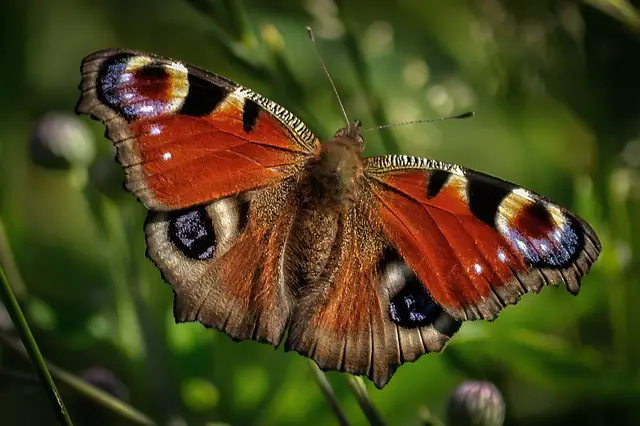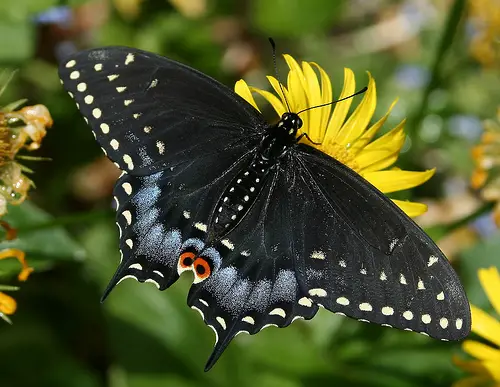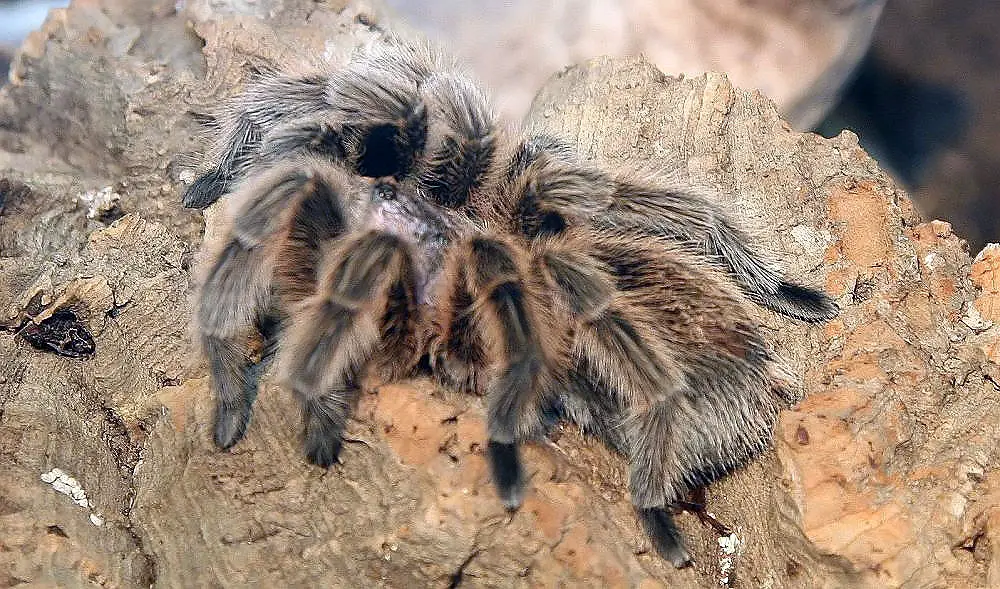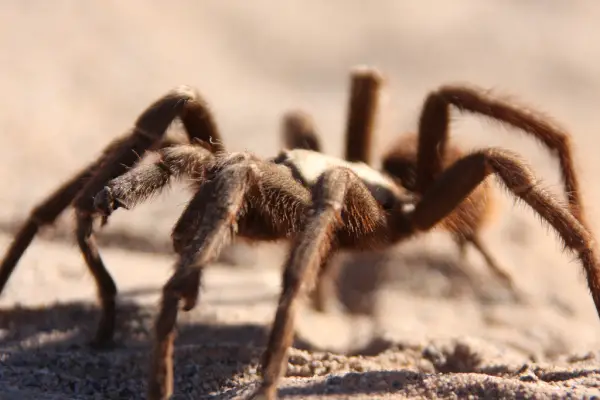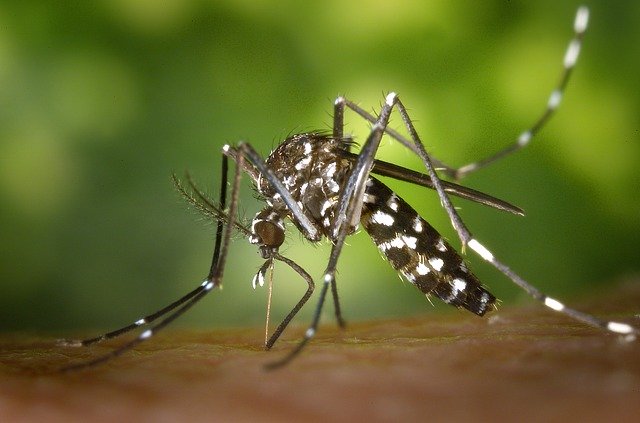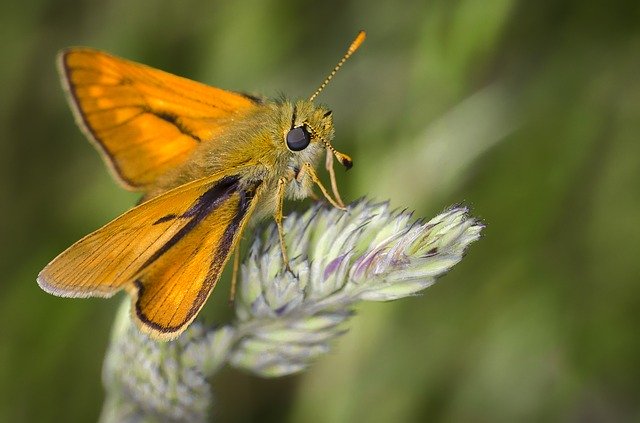The red-spotted purple (Limenitis arthemis astyanax) is one of the outstanding forest butterflies that is typically found in the wooded suburban areas. It is a much familiar butterfly species in the eastern United States. The butterfly is also known as ‘white admiral’.
Red Spotted Purple Butterfly Facts
Anatomy
- The adult butterfly has a wingspan of about 3.0 – 3.5 inches.
- The front wings are dominated by pure black background along with the white dashes and orange spots. The upper surface of the hind wings is also black but it is covered with blue markings or patches.
- Red spotted purple has brownish black undersides as well as row of bright orange spots; there are also some iridescent blue areas.
- Both males and females are alike except for the fact that females are larger than males.
Distribution
The white admiral is widely distributed throughout Florida westward, Minnesota, eastern Texas, Michigan, Vermont, Wisconsin, New Hampshire, and New York.
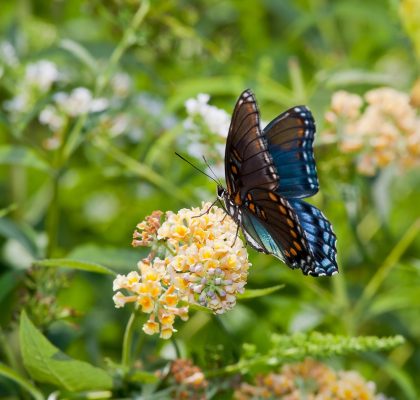
Feeding Ecology & Diet
- Adult butterflies are thought to eat fermenting fruit, dung and tree sap. They rarely feed on nectar from flowers.
- Most of the times, they drink from mud puddles where thousands of species gather around each year.
- In Florida, red spotted purple butterfly prefers to feed on host plants such as deerberry (Vaccineum stamineum L.) and black cherry (Prunus serotina Ehrh.), Alnus rugosa, Betula alleghaniensis and Carpinus caroliniana. It rarely eats Carolina willow (Salix caroliniana Michx.).
- In the Northern U.S., the diet includes poplars, hawthorn, aspens, birches, serviceberry, cottonwood, and black oak.
Butterfly Lifecycle
Eggs
- We’re not sure how many eggs do a female butterfly lay. But we know for sure that these eggs are white to pale green but it changes to gray color after sometime.
- A female typically lays eggs on the tips of leaves; the young larva consumes the tip but leaves the midrib on which it sits.
Larvae
- Larvae grow to a length of about 1.6 inches. During this stage, its head is brown and is crowned with short spines.
- The body is recognized by the olive green to pinkish shade along with a white lateral line.
- There are several humps on the back and a pair of long horns on top of the prothorax.
- As compared to viceroy larvae, they are less spiny.
Pupae
The pupae of the red spotted purple shows white and brown color. They hand vertically to a small silk pad.


